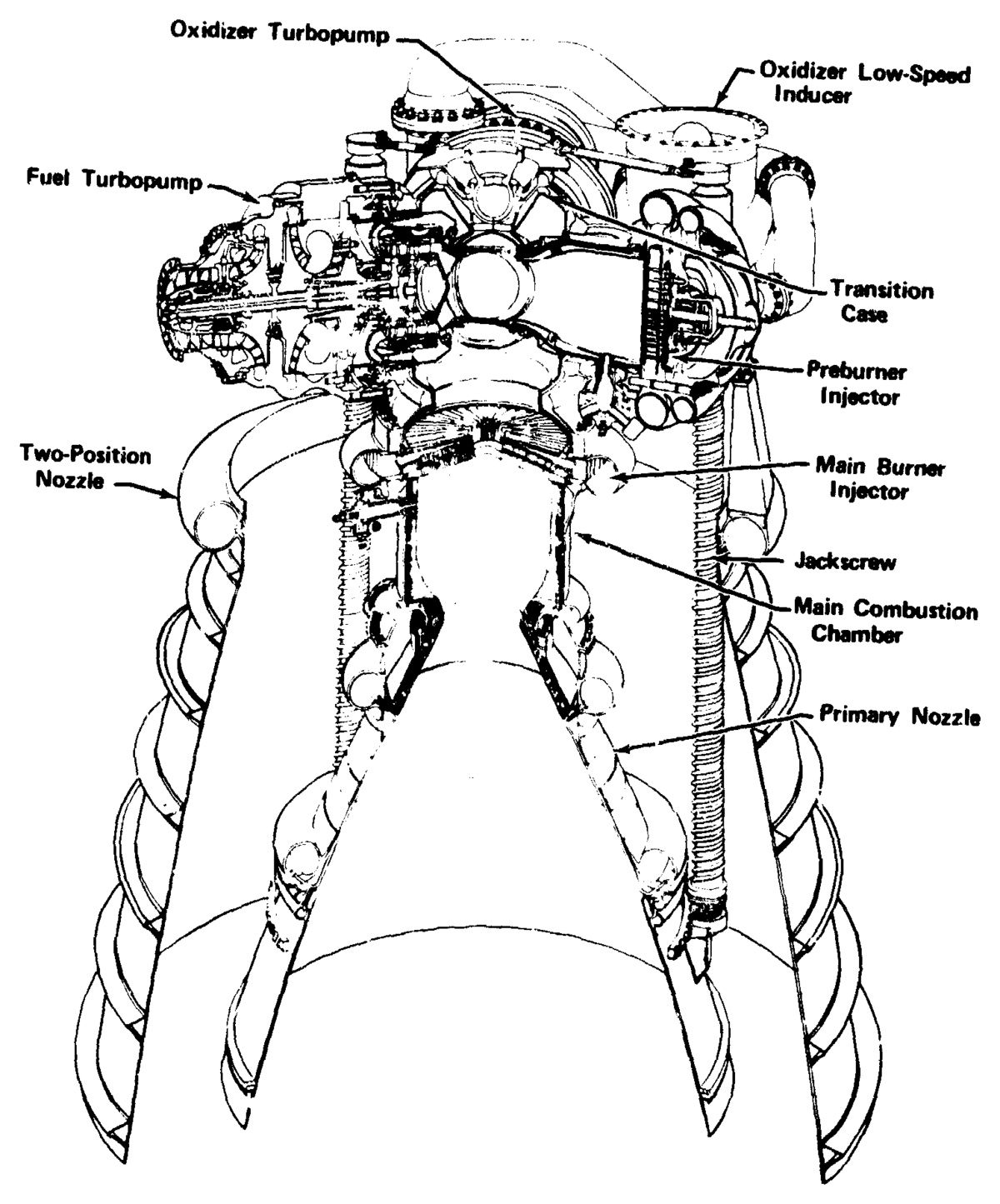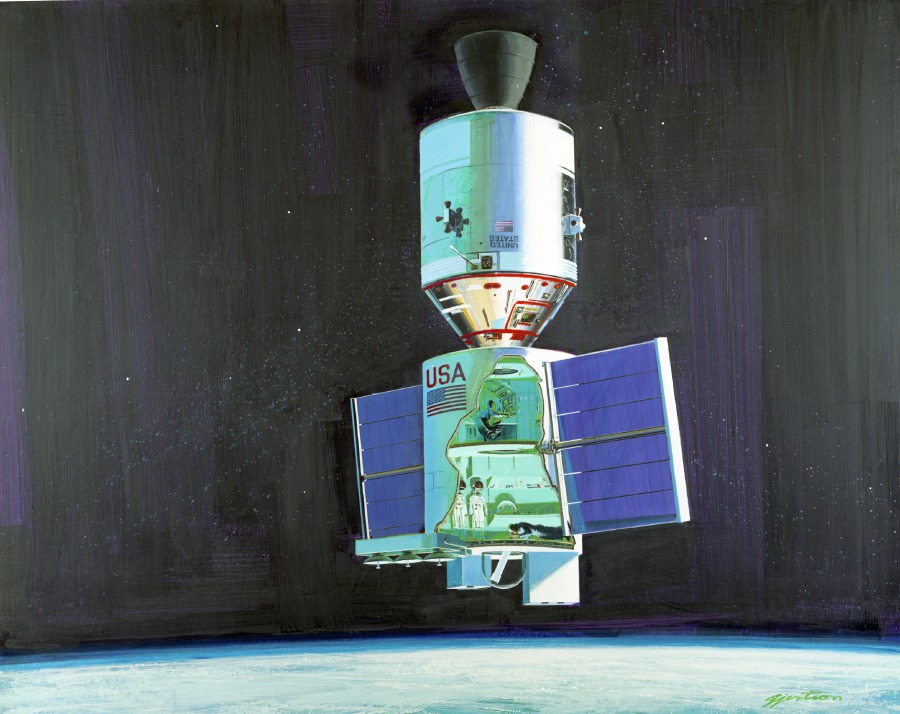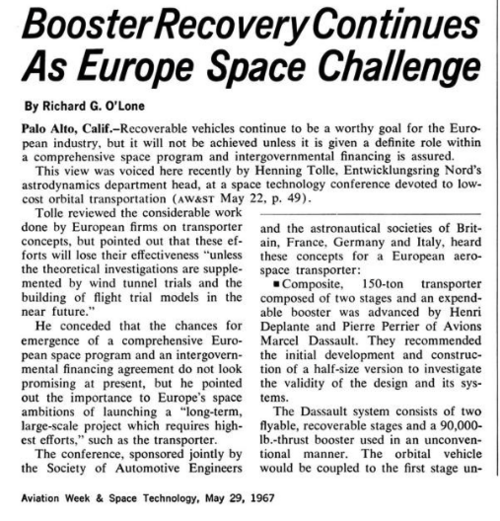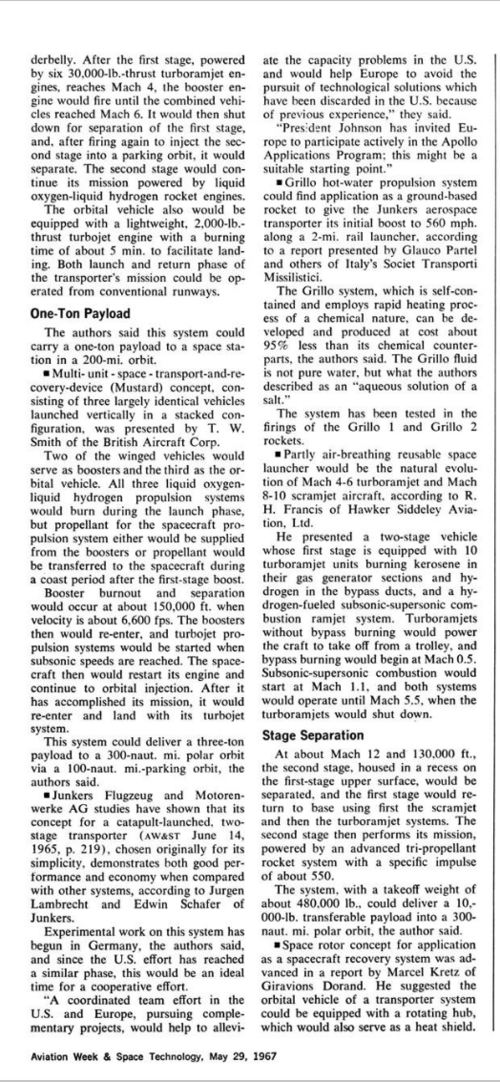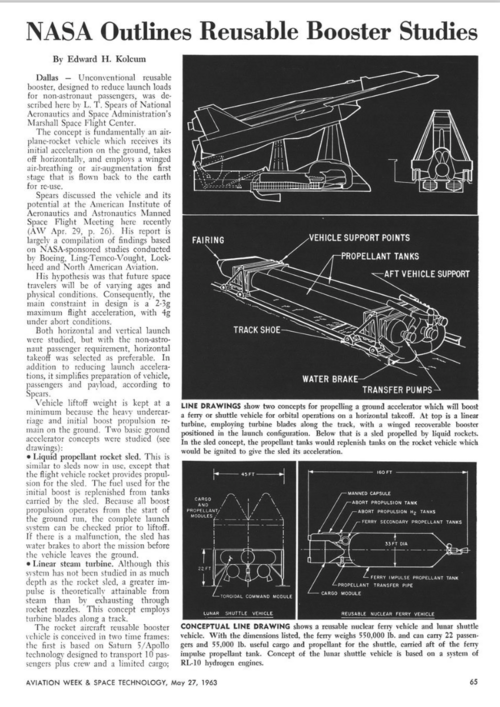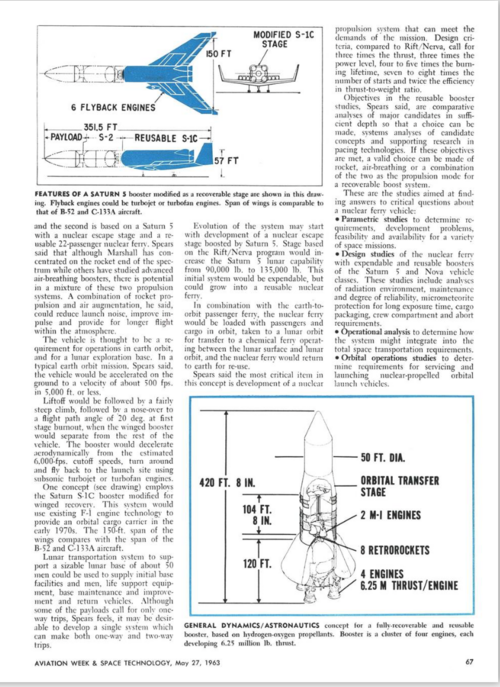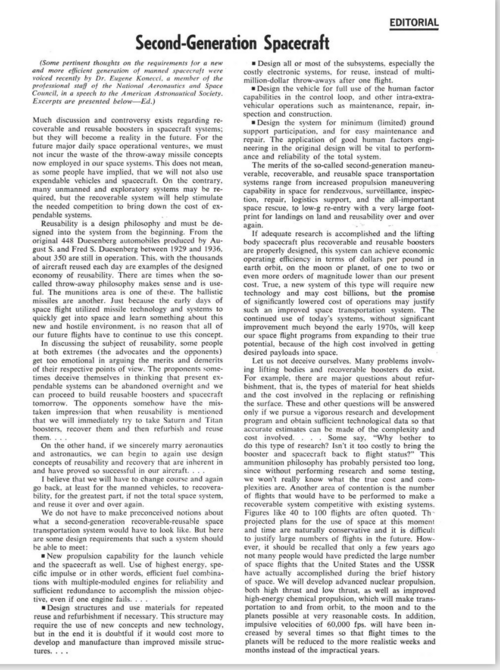There was no good, "miracle" Space Shuttle concept to be picked by NASA in 1969-1972. And they reviewed at least a hundred different Shuttle shapes !
Airliner to orbit is extraordinary difficult. SST like Concorde or Being's flew at Mach 2.5 - but orbital velocity is exactly ten times more: Mach 25.
9 kilometer per second or: no orbit. And energy-wise it is even worse: twenty times more than a Concorde. The numbers are crazy: daunting.
Blame planet Earth: a big rocky body, very dense with a thick atmosphere. This is the reason why it takes 9 km per second to orbit it.
Mars and Moon being smaller potatoes only request 4 km/s and 2.4 km/s... Musk nailed it, when he said in 2018 "we are living on the wrong planet for SSTO".
Airlines went through five generations of airliners before costs started dropping
1- Ju-52 (no money maker)
2- DC-3 (could make money, but only short haul)
3- Constellation (could cross the Atlantic but hardly earn money)
4- 707 (the big breakthrough: jet propulsion)
5- 747 (the last big breakthrough: giant size, mass transportation: ticket prices drops to the floor)
Space Shuttle was a courageous atempt at pushing space transportation to the DC-3 level, with hopes it would be unstoppable afterwards.
Didn't panned out at all.
Musk is presently trying to create a kind of "747 to Mars" - no less. Not only a 747 to orbit, but one that could sweep Moon and Mars too.
Now, could SH-Starship have happened earlier ? hard to guess. The closest thing ever, in space history from it was Boeing Space Freighter, 1978.
https://web.archive.org/web/20190302131434/http://www.pmview.com/spaceodysseytwo/spacelvs/sld045.htm
View: https://www.youtube.com/watch?v=cVYbbWAd2WA&t=4s
On paper at least, NASA could have created something akin to the Space Freighter out of Saturn V first two stages - S-IC (Boeing) and S-II (North American Rockwell).
A troubling issue back then was the lack of a Starlink cash cow : a space "killer app" that could make a shitload of money. Money that could pay development cost of a monster like the Space Freighter: $10 billion or more (that was the cost of the 1969-70 100% reusable Space Shuttle designs).
Boeing Space Freighter was designed with Space Based Solar Power in mind, but it didn't panned out.

